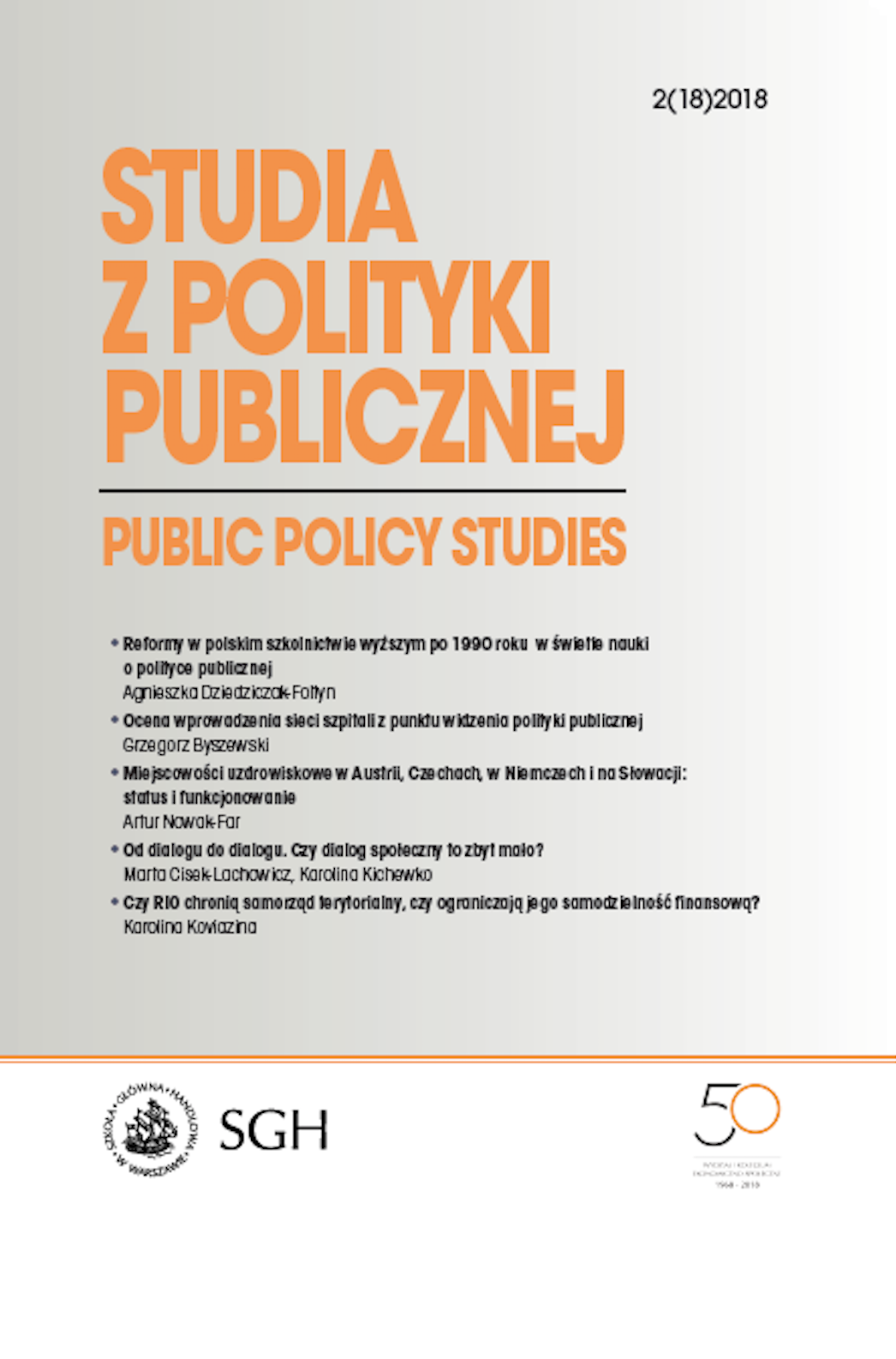Strefa publiczna w ujęciu antropologii politycznej Helmuta Plessnera
Public sphere within the framework of Helmut Plessner's political anthropology
Author(s): Grzegorz SzulczewskiSubject(s): Politics, Philosophy, Social Sciences, Public Administration, Public Law
Published by: Szkoła Główna Handlowa w Warszawie
Keywords: political anthropology; community; society; public sphere
Summary/Abstract: The author of the article presents and analyzes the concept of the public sphere which was created by Plessner in the twenties of the twentieth century. It includes the main work of Plessner written in 1923, The Limits of Community: A Critique of Social Radicalism. This book presents two forms of public life organisation: community and society. Plessner shows the important differences in the understanding of the role of the individual in these two forms of human collectivity organisation. Plessner creates its own versions of anthropology for understanding the possibility of different treatment of individuals in the community and in society. He presented this concept in the paper entitled Conditio humana in 1961 which represents one of the main works of political anthropology in the twentieth century. His research effort focuses on the presentation of the role of the public sphere in the social life. Its important characteristic is neutral behavior of people performing the roles in social life. According to Plessner, there are two types of community: a blood-based type and an ideal-based type both of which aspire to control the public sphere. The meaning of Plessner's concept is very broad; both for explaining the totalitarianism creation in Germany as well as for discovering a deeper sense of political changes in the modern world.
Journal: Studia z Polityki Publicznej
- Issue Year: 13/2017
- Issue No: 1
- Page Range: 9-24
- Page Count: 16
- Language: English, Polish

